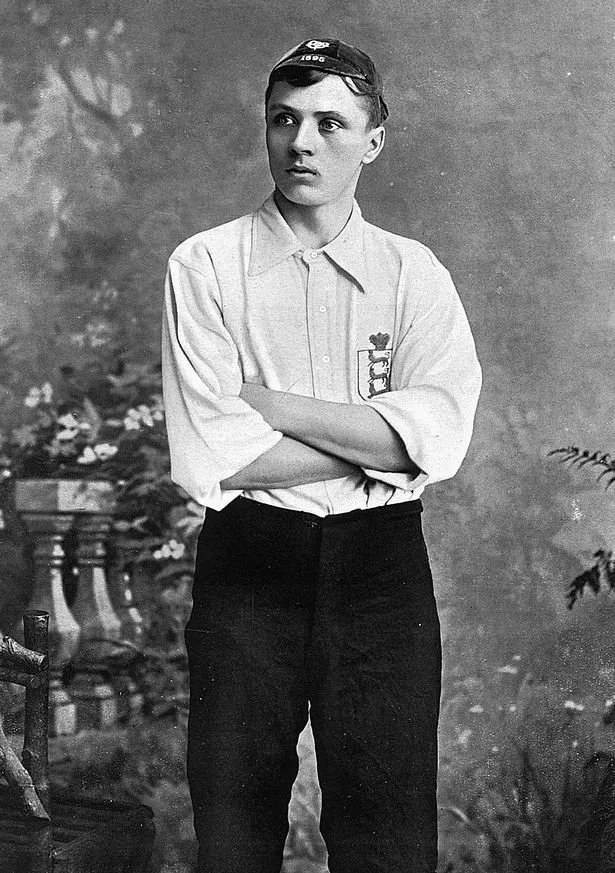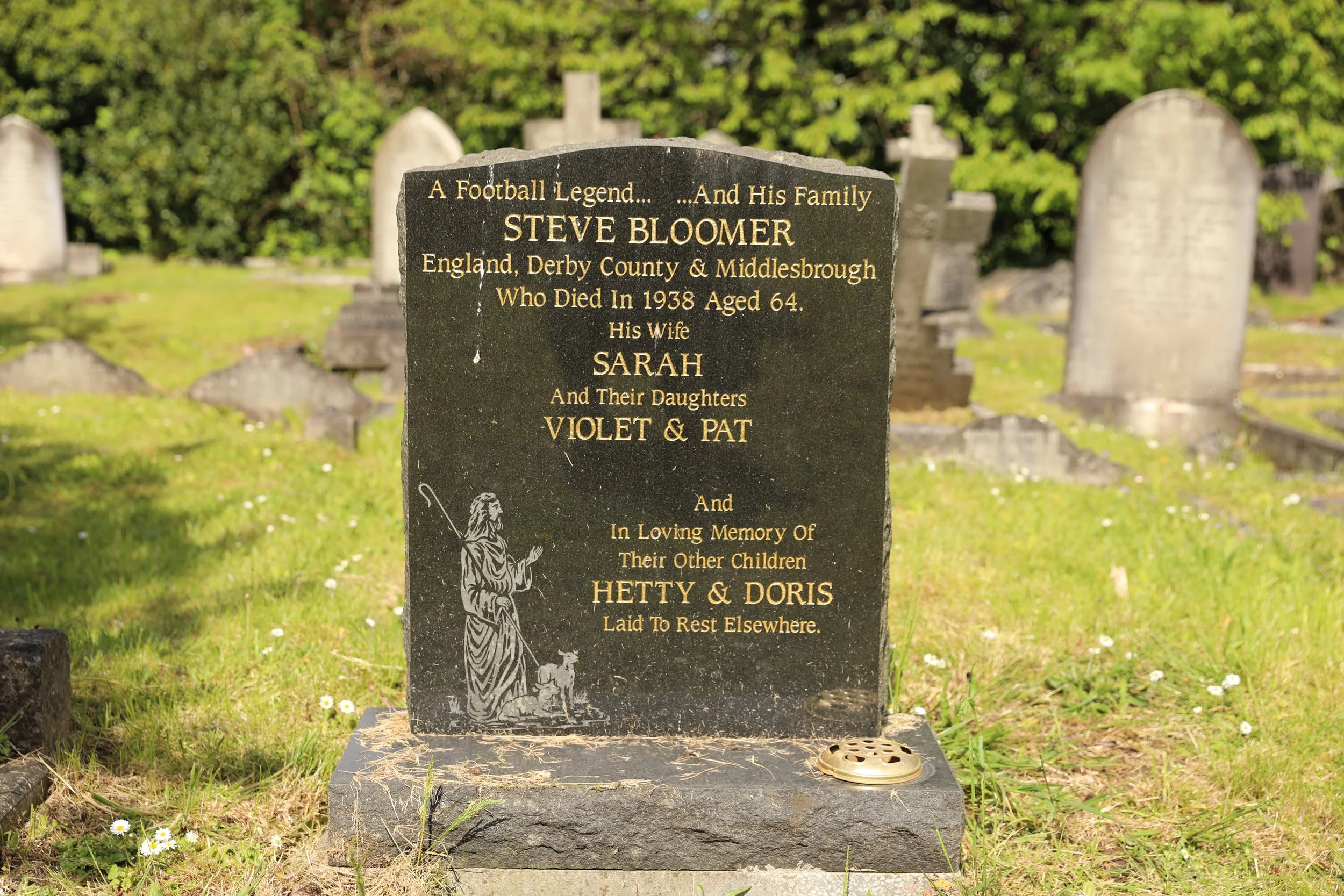Steve Bloomer
///Case.Photos.studio
Steve Bloomer was the first Rams hero, playing between 1892 and 1914.
He was an England international footballer who played for Derby County and Middlesbrough.
During his career Bloomer was a prolific goal-scorer for both club and country. A quick thinking forward, he was able to shoot powerfully and accurately with either foot.
In 536 First Division games he scored 317 goals and, after Jimmy Greaves, he is the second highest all-time goal-scorer in the top-flight. He also scored 28 goals in 23 appearances for England.
He remains Derby County's record goal-scorer with 331 in 525 appearances (league and cup).
Born 20 January 1874, he moved to Derby as a child, learned his football at St James's School and played with Derby Swifts in the Derbyshire Minor League, scoring 14 goals for them in one match. That form brought him to the Rams' attention and in his first game in a Derby shirt, against Darley Dale, he scored four times.
Bloomer made his League debut at Stoke in September 1892 and soon established himself as a favourite with the crowd. Pale-faced, almost ill-looking, Bloomer's appearance belied his worth to the side. He scored goals from all angles, plundering them from close range and launching rockets from 25 yards.
He was Derby's leading scorer in all matches for 14 seasons and won the first of 23 England caps in 1895, scoring twice in a 9-0 win over the Irish at Derby.
He once scored 6 goals in one game for the Rams and also once scored 5 goals in a game for England against Wales on the 5 April 1896. He scored a total of 28 goals for England in 23 games, this remained a record until 1956. His England career included 19 goals in his first ten appearances for his country. He was the league's leading goal scorer five times and in the period from 14 Nov 1896 to the 5 April 1897 he scored 21 goals in 20 games. He scored 18 hat-tricks including 4 in the F.A cup and in the 1896-97 season he hit 5 of them.
Bloomer took his fair share of digging elbows and clogging heels, yet nothing could stop this peerless footballer whose rapier shot was matched by exquisite, defence-splitting passes.
Some critics said that he played too much for himself and colleagues dreaded a Bloomer stare when the ball was not put to his feet. Yet Bloomer was a legend. One writer said of him: "He is as crafty as an oriental and as slippery as an eel and is much given to dealing out electric shocks to goalkeepers at the end of a sinuous run."
In 1906 he went to Middlesbrough, re-joining Derby to a hero's welcome in 1910 and skippering the Rams to promotion.
In 1914 he went to coach in Germany where he was interned when war broke out.
English prisoners once played the whole world at a German POW camp. Billed as the ‘Great International Match’ between England and The Rest of the World, the game took place at the Ruhleben camp near Berlin in 1915. England were captained by Steve Bloomer.
After the war he played with, and coached, the Rams Reserves, then coached abroad before returning to the Baseball Ground as a general assistant.
The highlight of his coaching career came in 1924 when he guided Real Unión to victory in the Copa del Rey.
Bloomer also played baseball for Derby Baseball Club and helped them become British champions three times in the 1890s.
In failing health, Bloomer was sent on a cruise, but three weeks after returning home, Derby County's greatest player died on 16 April 1938.
Photo from the W.W.Winter Collection





